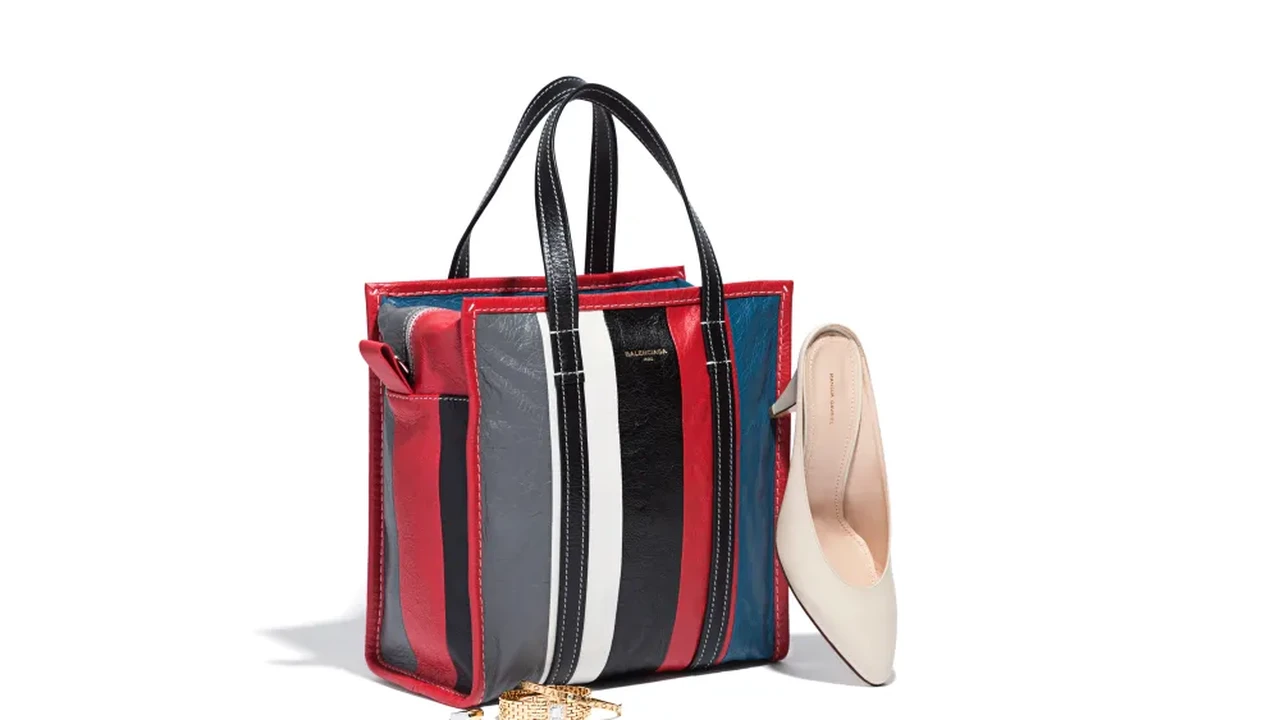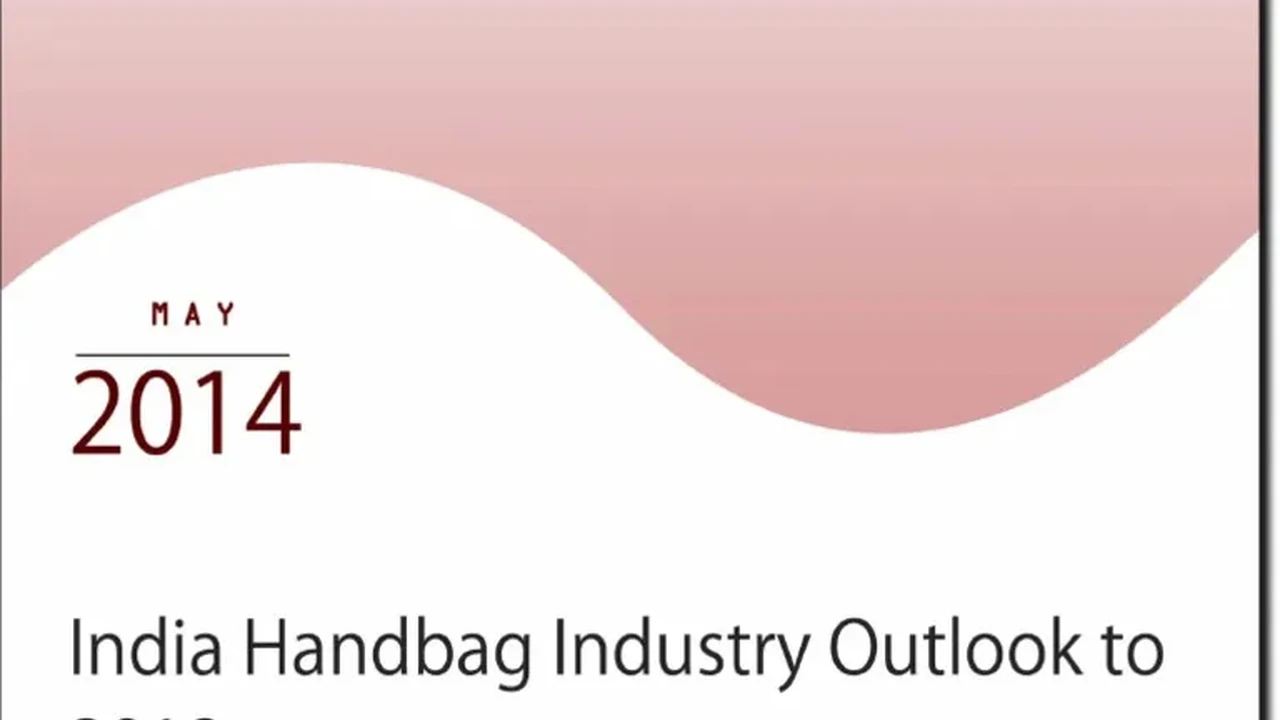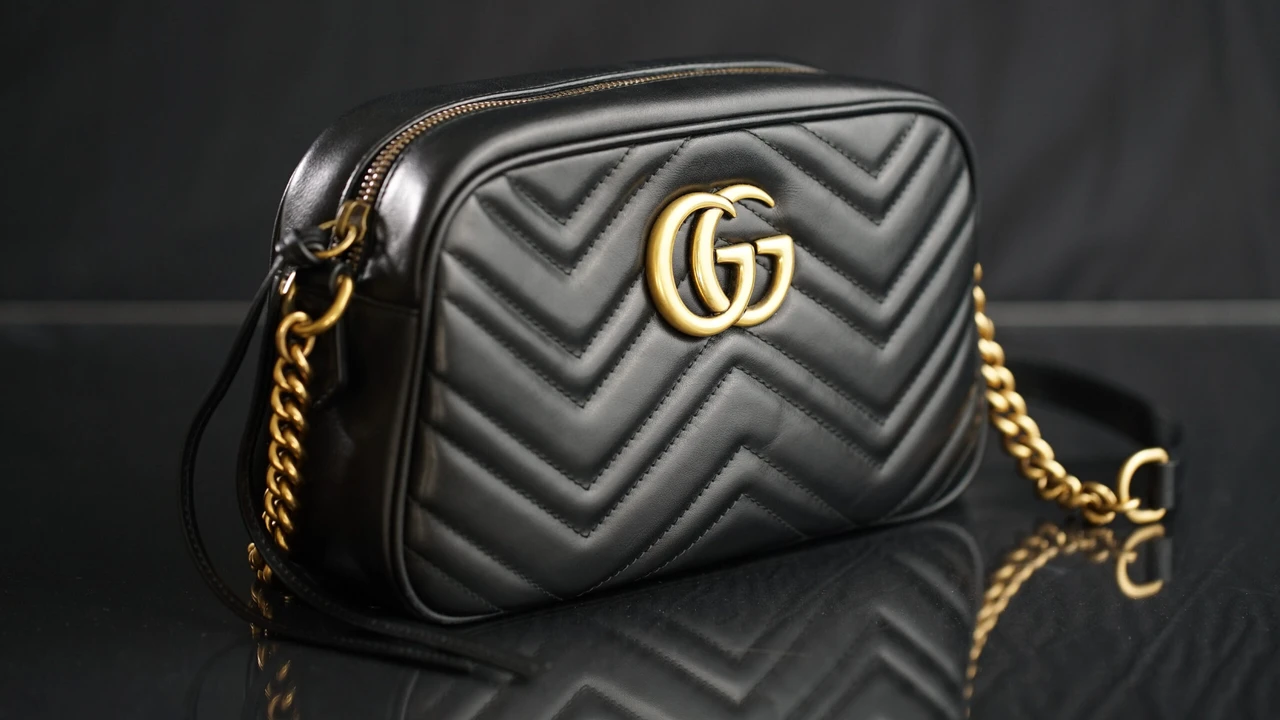Luxury Handbag Authentication Challenges in Southeast Asia
Explore the challenges of luxury handbag authentication in Southeast Asia. Learn how to protect yourself from counterfeit products in this region.

The Lure of Luxury and the Rise of Counterfeits in Southeast Asia
Southeast Asia is booming! More folks than ever are getting into luxury goods, especially handbags. But with that growing demand comes a darker side: a flood of super convincing fakes. We're talking bags that can fool even seasoned pros at first glance. This article dives deep into why Southeast Asia is a hotbed for counterfeit luxury handbags and what you can do to protect yourself.
Why Southeast Asia is a Hub for Counterfeit Luxury Goods
Several factors contribute to the prevalence of counterfeit luxury handbags in Southeast Asia:
- High Demand: As mentioned, the demand for luxury goods is soaring. People want that designer label, and sometimes, the price tag is a barrier. This creates a market for cheaper, albeit fake, alternatives.
- Manufacturing Capabilities: Some countries in Southeast Asia have well-established manufacturing industries, with the skills and infrastructure to produce high-quality replicas.
- Loose Regulations: Compared to some Western countries, enforcement of intellectual property rights can be less strict in certain parts of Southeast Asia, making it easier for counterfeiters to operate.
- Online Marketplaces: The internet has made it incredibly easy to buy and sell goods across borders. Counterfeiters exploit this, using online platforms and social media to reach a wide audience.
Common Authentication Challenges in Southeast Asia
Authenticating luxury handbags in Southeast Asia presents unique challenges:
- Super Fakes: The quality of counterfeit bags has improved dramatically. They're using better materials, mimicking stitching patterns perfectly, and even getting the hardware details right. These \"super fakes\" are incredibly difficult to spot.
- Lack of Official Retail Presence: In some areas, official boutiques for certain luxury brands are limited or nonexistent. This makes it harder to compare a potential purchase to a genuine item.
- Language Barriers: If you're not fluent in the local language, it can be challenging to communicate with sellers, ask the right questions, and understand the provenance of a bag.
- Cultural Differences: Negotiation and sales tactics can differ across cultures. What might seem suspicious in one country could be perfectly normal in another.
Specific Brand Authentication Issues in Southeast Asia
Louis Vuitton Authentication in Southeast Asia
Louis Vuitton is a hugely popular brand. Watch out for the following:
- Monogram Misalignment: The iconic LV monogram should be symmetrical and aligned properly. Check the placement on seams and pockets.
- Hardware Quality: Real LV hardware is solid and heavy, not flimsy or plated. Look for precise engravings.
- Date Codes: Understand how to read Louis Vuitton date codes and ensure they match the bag's style and origin.
Example Product & Comparison:
Let’s say you’re looking at a Louis Vuitton Neverfull MM. A genuine Neverfull MM in Damier Ebene generally retails for around $2,030 USD. A super fake might be priced at $500 USD, a tempting discount. However, examine the canvas. Real Damier Ebene has a distinct texture and sheen. A fake might feel plasticky and lack the depth of color. Also, check the stitching – it should be even and precise, not sloppy or uneven.
Chanel Authentication in Southeast Asia
Chanel bags are iconic and heavily counterfeited. Pay attention to:
- Serial Numbers: Chanel serial numbers have a specific format that changes over time. Verify the authenticity of the serial number and ensure it matches the bag's era.
- Stitching Quality: Chanel's diamond quilting should be even and precise, with a consistent number of stitches per diamond.
- Hardware Markings: The CC clasp and chain hardware should have crisp, clear markings and a high-quality finish.
Example Product & Comparison:
Imagine you're considering a Chanel Classic Flap bag. A new medium Classic Flap retails for upwards of $10,200 USD. A convincing fake might be offered for $1,500 USD. Focus on the leather. Real Chanel lambskin is incredibly soft and supple, while caviar leather has a pebbled texture. A fake might use stiff, synthetic leather that doesn't feel luxurious. The chain strap should also feel substantial and heavy, not lightweight and cheap.
Hermès Authentication in Southeast Asia
Hermès Birkin and Kelly bags are the holy grail of handbags. Authentication is crucial:
- Leather Quality: Hermès uses only the finest leathers. The texture, grain, and feel should be exceptional.
- Craftsmanship: Hermès bags are meticulously handcrafted. Look for flawless stitching, precise edges, and perfect symmetry.
- Hardware Markings: The hardware should be stamped with the Hermès logo and other markings. The quality and precision of these markings are critical.
Example Product & Comparison:
Suppose you come across a Birkin 30 offered for sale. A new Birkin 30 can easily fetch $15,000 USD or more, depending on the leather and hardware. A very good fake might be priced at $3,000 USD. The leather is key. Real Hermès leather has a distinctive smell and feel. A fake might smell like chemicals or plastic. Also, examine the stitching along the handles. It should be perfectly even and almost invisible. Hermès craftspeople are masters of their art, and the quality is unparalleled.
Tips for Protecting Yourself from Counterfeit Luxury Handbags in Southeast Asia
Here's how to minimize your risk of buying a fake:
- Buy from Trusted Sources: Stick to reputable online platforms, consignment stores, or authorized dealers.
- Do Your Research: Learn about the specific characteristics of the brand and model you're interested in. Familiarize yourself with authentication guides and resources.
- Examine the Bag Carefully: Pay close attention to the details, including the materials, stitching, hardware, and markings.
- Ask Questions: Don't be afraid to ask the seller questions about the bag's history, provenance, and authenticity.
- Get a Second Opinion: If you're unsure, consider getting the bag authenticated by a professional authentication service.
- Trust Your Gut: If something feels off, it probably is. Don't feel pressured to buy a bag if you have any doubts.
Recommended Authentication Services for Southeast Asia
While some authentication services are based in the US or Europe, they often serve customers worldwide. Here are a few reputable options:
- Real Authentication: Offers online authentication services with a quick turnaround time.
- Entrupy: Uses AI-powered technology to authenticate luxury goods.
- Authenticate First: Provides expert authentication services with a team of experienced authenticators.
The Future of Luxury Handbag Authentication in Southeast Asia
As technology advances and counterfeiters become more sophisticated, authentication methods will need to evolve. AI-powered authentication, blockchain technology for tracking provenance, and advanced forensic techniques are all potential solutions for combating the growing problem of counterfeit luxury handbags in Southeast Asia. Ultimately, the key is to be informed, vigilant, and to buy only from trusted sources.
:max_bytes(150000):strip_icc()/277019-baked-pork-chops-with-cream-of-mushroom-soup-DDMFS-beauty-4x3-BG-7505-5762b731cf30447d9cbbbbbf387beafa.jpg)





